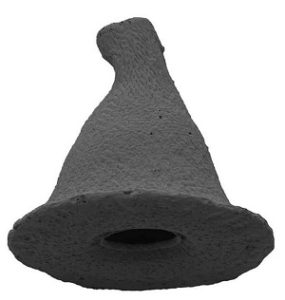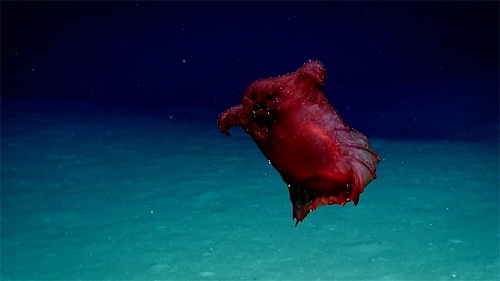
Scientists have discovered a new amoeba species, and have named it Arcella gandalfi after a character that appeared in The Lord of the Rings. According to scientists, the most notable feature of the new species is that its funnel-shaped shell resembles the hat of Gandalf the Wizard, a character that appeared in The Lord of the Rings.
“Arcellinida are free-living lobose amoebae that produce an outer shell (test),” study authors write.
“Here, we describe a conspicuous new species, Arcella gandalfi sp. nov, from Brazilian continental waters, along with a morphological and biometrical characterization.”
“This new species has an apical conical extension, which differentiates it from other Arcella species. A. gandalfi seems to be closely-related to A. brasiliensis, due to the distinct marginal ring (test brim) present only in these two species. Since A. gandalfi is easily identified by morphological features and due to its apparent geographic restriction to South America, we discuss its possible use as a new flagship species,” researchers reveal.
The new species was discovered during a FAPESP-supported project and by a team of researchers at the University of São Paulo’s Bioscience Institute (IB-USP) in Brazil, in collaboration with other researchers from the University of Maringá (UEM) in Paraná State. These researchers were also assisted by a firm of environmental consultants based in Vila Velha, Espírito Santo State, and a researcher from Minas Gerais.
“New amoeba species are very rarely discovered because they’re so tiny and not widely studied. In addition, there are very few taxonomists who specialize in this group in Brazil,” said Daniel J. G. Lahr, a professor in IB-USP’s Zoology Department and the principal investigator for the project, in an interview given to Agência FAPESP.
“We succeeded in isolating the organism from the samples, performed all the necessary measurements and produced images to make sure it really was a new species,” Lahr said.
According to Lahr, A. gandalfi is microscopic, but it is considered large for a single-celled organism.
“It’s just one cell, and yet it’s capable of building this funnel-shaped carapace,” Lahr said.
Lahr says there is no written record in the world of any species resembling A. gandalfi.
“The identification of a new species of microorganism in the Southern Hemisphere, as in the case of this amoeba, is very strong evidence that its geographic distribution is restricted to the region because Northern Hemisphere environments have been studied in far more depth,” he said.
“This is especially so for such a conspicuous species with a shape unlike any other.”
“Their habitats are aquatic, and they’re often exposed to sunlight, so protection against UV rays must be a very important factor,” Lahr noted.
“A multicellular organism has a number of protective barriers against UV radiation, including a layer of keratin, as well as skin pigments. In the case of single-cell organisms like amoebae, their DNA is basically exposed.”
The details of the new species have been described in an article published in journal Acta Protozoologica.


